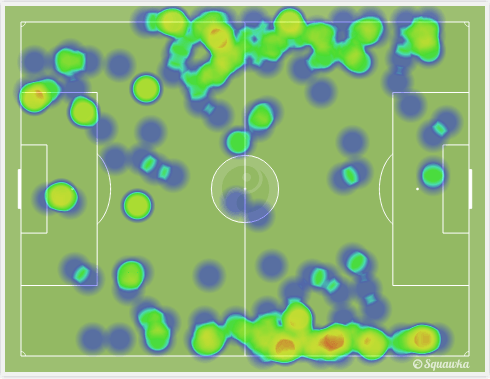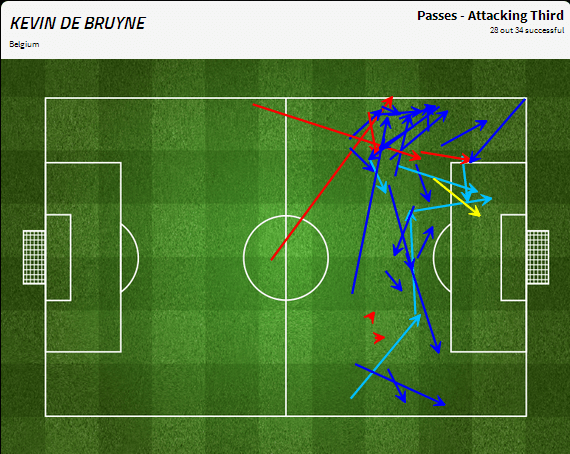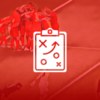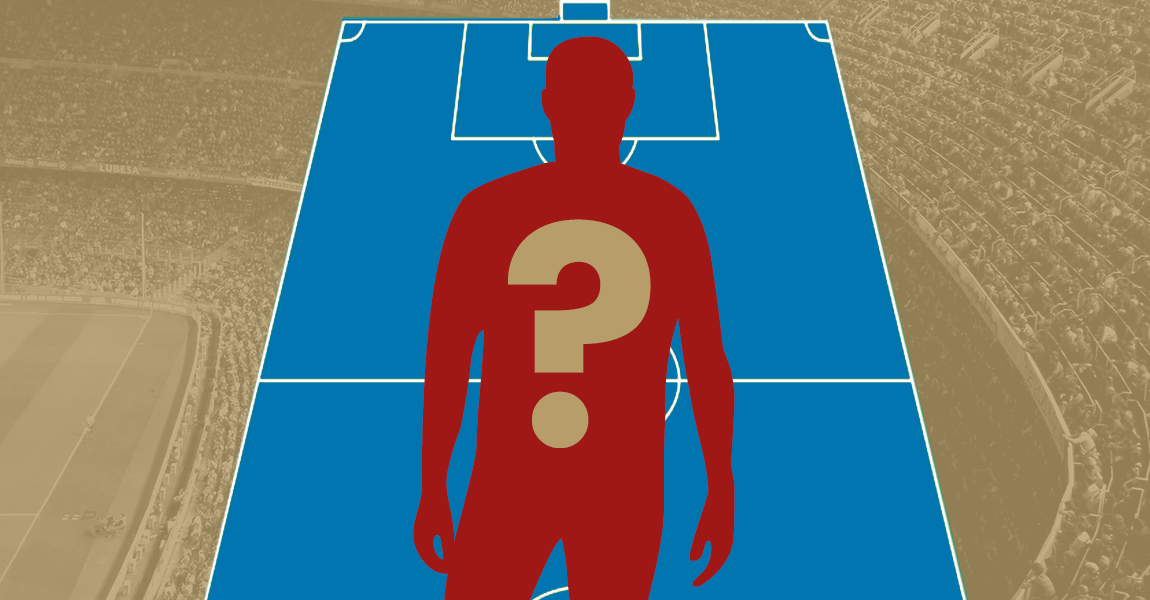Although these two teams’ pre-tournament expectations were widely conflicting, both now found themselves facing off in what was being touted as a fairly balanced encounter. Belgium were expected to deliver and did with three wins and just 1 goal conceded (from the spot). The US on the other hand were expected to bow out early, but emerged ahead of Portugal & Ghana (so nearly Germany too). In a 5th round of 16 game that went into extra-time, Belgium emerged victorious, possibly deservedly, but the US could have so easily forced penalties.
Formation & Line Ups

Belgium (4-2-3-1): Courtois, Kompany, Van Buyten, Alderweireld, Verthongen, Witsel, Fellaini, Hazard (Chadli 111′), Mertens (Mirallas 60′), De Bruyne, Origi (Lukaku 90′)
USA (4-2-3-1): Howard, Besler, Gonzalez, Johnson (DeAndre Yedlin 32′), Beasley, Jones, Cameron, Zusi (Wondolowski 72′), Bedoya (Green 105′), Bradley, Dempsey
Goals: De Bruyne 93′, Lukaku 105′, Green 107′
ANALYSIS
Belgium full-backs successful
Throughout this tournament, the importance of full-backs has been the focus of many sides. Plenty of teams’ overall balance has depended on the system employed with these wide defenders. Belgium have been guilty of lacking a natural full-back in the teams they set out and have rightly been criticised. But the game against the US put those doubts behind as it now seems that the make-shift full-backs in Marc Wilmots’ side are capable of playing that role, more than just in a defensive capacity.
RELATED ARTICLES
- Tactical Analysis: Belgium 2-1 Algeria
- Tactical Analysis: Belgium 1-0 Russia
- Tactical Analysis: Ghana 1-2 USA
- Tactical Analysis: USA 2-2 Portugal
- Tactical Analysis: USA 0-1 Germany
- Group G & Group H Review
Against the US, the full-backs were constantly taking advantage of a rather narrow American defensive system. Jan Verthongen on the left was seen constantly making free runs down the flank and put tempting crosses into the box, while Toby Alderweireld on the opposite side continued with the same, albeit to a lesser degree.

Jan Verthongen & Alderweireld’s heat-map | via Squawka
The heat-map of the two full-backs gives you an idea of their approach to the game with both spending considerably more time in their opponents half, down the flanks. As mentioned, this was possible only as a result of the narrow defensive system of the opposition providing these free runs. Between them they took 5 shots and created 4 chances. The ones of note came in the second half, the first being a delightful ball from Verthongen which somehow didn’t get the right touch and Alderweireld’s cross pulled off a smart save from Howard as Origi headed goal-wards.
We need to talk about Kevin
If there ever was a game that summed up a player and promoted him to the higher echelons of World football, then this game will be remembered for Kevin De Bruyne. Yes he scored the goal that tilted the game in Belgium’s favour, but that was just a small speck of his overall contribution. Playing in his usual role behind the striker, De Bruyne was finding immense joy in midfield as the game was surprisingly open in that zone against usually what is a compact American midfield.
In fact, Klinsmann’s midfield made it so easy for De Bruyne that he didn’t even really need to leave his second striker’s role to influence play, he was just offered that space and time. So much so that he could freely sit in behind in that role without much pressure. The only time he did drift wide was in a defensive capacity, where he shifted to cover for the advancing Alderweireld, making 6 successful tackles and 4 interceptions, both highest among the Belgian side. Statistically speaking, De Bruyne was immense he took 6 shots on goal and completed 62 passes, both of which were again higher than any of his Belgian team-mates.

Kevin De Bruyne’s passing in the attacking third | via FourFourTwo/Statzone
But the most striking contribution from De Bruyne was the number of chances he managed to create throughout the 120 minutes. His passing in the attacking third was incredible, completing 28 of his 34 but his chances created were quite something. A total of 10 were made as a result of his creativity (overall, not just from the attacking third). He was making unmarked runs towards and into the goal and it was one such run that cost the US with De Bruyne pouncing on an error.
USA’s shift from narrow & deep to attack mode proves costly

USA’s heat-map | via Squawka
Credit must be given to Klinsmann’s side for growing into the game in the latter stages. Backed by the heroics of keeper Tim Howard, the American defence grew much more deeper, pulling their midfielders back to cover the wide areas and on occasions forming a 6-8 man defence. While this could come across as desperate work, it was a natural setting that had to take place given the superiority of the Belgian attack.
This system stayed until the end of 90 minutes or so, Klinsmann then saw the option to use their conserved energy in attack and take advantage of what could be a vulnerable Belgian defence. Smart thinking, the execution lacked though. This sudden shift in attack coincided with the introduction of Romelu Lukaku. The striker who has come under acceptable level of criticism found a scenario which suited him best. The US defence were short of numbers, and had to advance further up field meaning that Lukaku now had space to run into, and this is an opportunity that he thrives on. He used his strength to get past one as the rest of the US side had moved into an attacking phase, he galloped at the defence and his work eventually led to the decisive opening goal. Similar events allowed Lukaku to get his own goal.
The heat-map gives a clear indication of how deep the US sat, allowing the Belgium pressure to advance forward. It also made sense for Klinsmann to attack in the extra 30, but sheer brilliance from Lukaku to carve out that first opportunity changed the flow of the game. USA now permanently sat more attackingly to seek an equaliser, this in turn allowed Belgium to get further forward and grab another.
Key Player of the Match
Once again this tournament a keeper has taken the plaudits. In a performance which has become a Twitter sensation, Tim Howard made save after save, reportedly 15 in total which is the highest by any keeper in a single World Cup game, ever. He pulled off some quite magnificent stops as he seemed to single-handedly deny Belgium a goal. The pressure though, proved to be too much as he eventually conceded.
Where does this leave them?
In what has been termed as Belgium’s golden generation, they were at the very least expected to reach the quarter-final stage, anything beyond this is a bonus. For a country as small as Belgium and one that isn’t considered a traditional football home, reaching this stage has by far caught the imagination of many. A game with Argentina is no easy task, but they’ll be buoyed with their performance. For the US, they’ve been excellent as they surpassed expectations. Going further beyond was obviously a dream, but they can be proud of their efforts.
























































